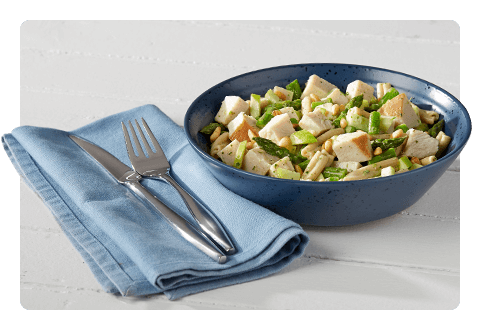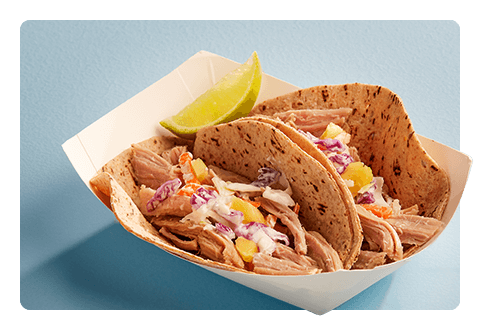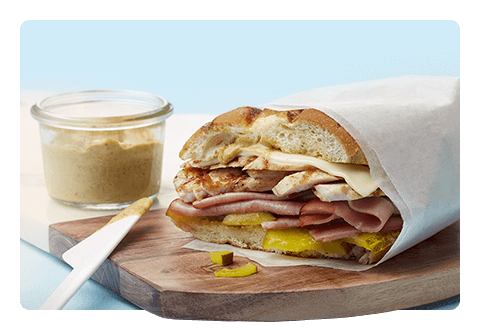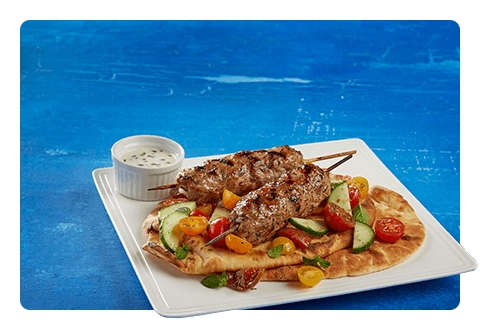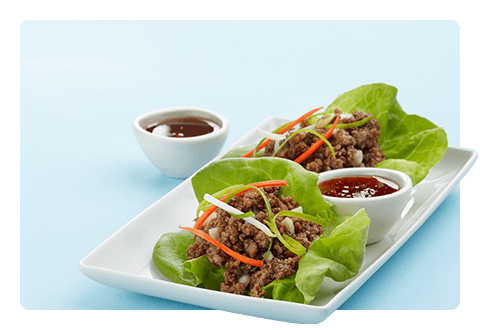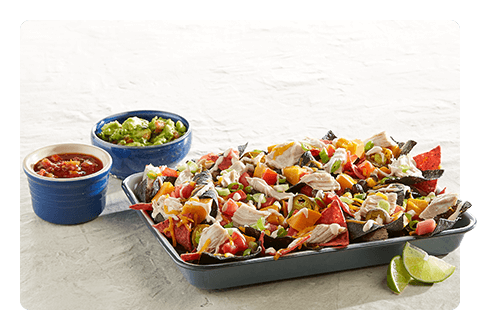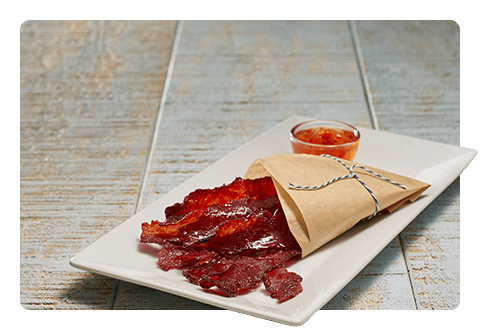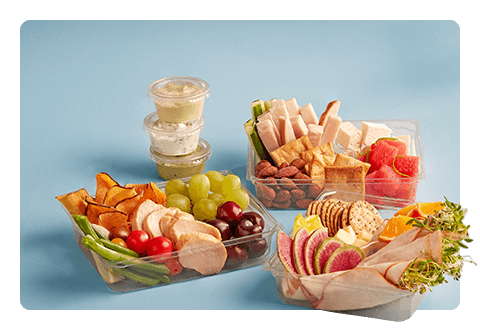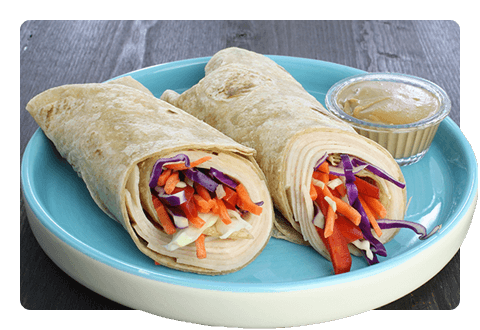How to Best Serve Students in a Different Kind of School Year
August 2020
COVID-19 has undoubtedly changed how school districts approach serving meals to students. With schools and cafeterias closed this past spring, grab ‘n go and delivery emerged as the most popular solutions. However, there are other creative tactics that operators can incorporate in the upcoming year to help support them as they continue to serve delicious and nutritious meals.
Here’s what some schools around the country are doing in preparation for the new school year:
1) Online ordering
Operators across the country are working with platforms such as Nutrislice, an online menu that contains nutritional information about the food that’s being served that day. This tool helps optimize food delivery thanks to the option to preorder. Knowing the exact quantity of meals needed cuts down on waste, saves money and increases accuracy. Plus, predetermining where they’ll be picked up lets students skip waiting in line, making for a safer and faster experience.
Similarly, high schools in the Dallas Independent School District are experimenting with an app that lets students customize their preordered lunches. If the app proves to be a success, it will be used in middle and elementary schools as well. For districts who may not have the means to implement an app, a Google Forms document can easily allow teachers to take student orders in the classroom. It’s already a common tool used by some districts to collect special requests for field trips and event catering.
2) Digital resources
Technology is especially useful in bridging the gap between operators, cafeteria staff and the very community they’re feeding. An online, interactive feeding map shows students where pickup locations are across their area. In Michigan, the Department of Education created a map that shows families their closest feeding locations and hours of operation. For districts that are going to be virtual for the fall semester and will be serving meals off-premise, this can be a solution to spread the word about where families can pick up meals.
Operators are also relying on technology to strengthen internal communication. In Boston, operators are collaborating with the tech department to make sure cafeteria computers are equipped to hold video calls and virtual manager meetings. These team check-ins are integral to staying on the same page and on top of new developments. Meanwhile other districts, such as Austin Independent School District, are filming training videos that walk through best practices and safety measures. These videos help staff understand procedures without having to bring a large group together.
3) Collaboration
Times of need often bring the community together. Connecting with directors from neighboring school districts provides support as well as insights into the actions they’re taking. An example of this is in South Carolina, where more than 14 districts formed what they call the “Palmetto Group” to connect with each other daily and share best practices. During this time, it’s especially important for fellow districts to work with one another in an effort to best serve their students.
These partnerships extend outside of the segment too. In Massachusetts, operators in Chelsea Public School District are joining forces with nearby restaurants to organize boxes of food for students.
Other districts, such as Cherokee County School District in Georgia, are working with non-profits in the area to raise money to support nutrition programs in schools that remain closed. Austin Independent School District collaborated with the nonprofit Austin ED to collect donations so that its meal program could reach more families.
Every district is unique, but exposure to creative solutions that others are testing will keep you ahead of the curve. Whether it’s online ordering, leveraging other digital resources, partnering with those in your community or something else, be open to sharing and collaborating with those in and out of your network.
How’s your district preparing for the upcoming year? Tell us about it on Facebook or LinkedIn. To explore other foodservice solutions, browse our Resource Center.
SOURCES
Craig, Mike. Kids Must Have Access to Meals During School Closures - Now and In the Future, Nutrislice.
Gingerella, Benita. 13 ideas for a successful grab-and-go meal program amid COVID-19 disruption, Foodservice Director, March 2020.
K12: Lunch in the Classroom and Other Service Styles for a New K12 World, Food Management Webinar, July 22, 2020
School Meals Programs and Feeding Children in the Time of Coronavirus, MealsPlus.

